Step Inside the Mysterious, Hidden World of Loyd-Paxton
Pay a Virtual Visit to the Nondescript Downtown Warehouse Housing Rare, Spectacular Antique Treasures
BY Rebecca Sherman // 03.30.20The nondescript warehouse that houses Lloyd-Paxton showroom contains a world of drama, rare and lavish antiques, with vintage theater spotlights (Photo by Pär Bengtsson)
In 2014, more than a decade after Loyd Taylor and Paxton Gremillion shuttered their legendary antiques showroom on Maple Avenue, a private jet landed at Love Field. A man disembarked, four assistants in tow, and with untold billions of Chinese yuan in his bank accounts. Their limousine glided west, then south, past long stretches of industrial warehouses, commercial trucking companies, and empty lots with weeds sprouting from cracked asphalt. The car pulled off the road and into a labyrinth of parking lots winding through identical low, windowless buildings. It came to a stop in front of number 313.
It was hardly an auspicious arrival for this hotel and real estate magnate from Beijing, but the trip had been essential. He needed to furnish his new 30,000-square-foot house in China, and this warehouse on the edge of downtown Dallas housed some of his homeland’s most priceless heirlooms.
The darkened-glass door to the building opened, and what unfolded must have been like a scene from The Wizard of Oz, when Dorothy opens the screen door after the tornado and a dazzling Technicolor fantasy emerges. Inside the rambling building, room after room brimmed with Chinese carved cinnabar furniture, jade sculptures, centuries-old hand-painted screens, and cloisonné vases, along with Imperial pieces rarely seen outside the Forbidden City.
Welcome to the mysterious, hidden world of Loyd-Paxton.
On a sunny morning in early March (well before the coronavirus outbreak took hold of Dallas), I arrive at the warehouse after taking pretty much the same route as the very rich man from China. Little about the industrial area seems to have changed, with number 313 still shrouded behind the same darkened-glass door and easily lost among the nondescript buildings along Irving Boulevard. No doubt about it, their previous Loyd-Paxton showroom, which opened in 1985, had been a glamorous place in its heyday. Sir Elton John, Truman Capote, Saudi Prince Faisal, and the Sultan of Brunei were all customers. Rare French antiques from Loyd-Paxton made their way into Versailles when it underwent renovations, and the Metropolitan Museum of Art in New York purchased furnishings, including a dazzling Louis XIV Boulle desk that had been owned by the Sun King himself.
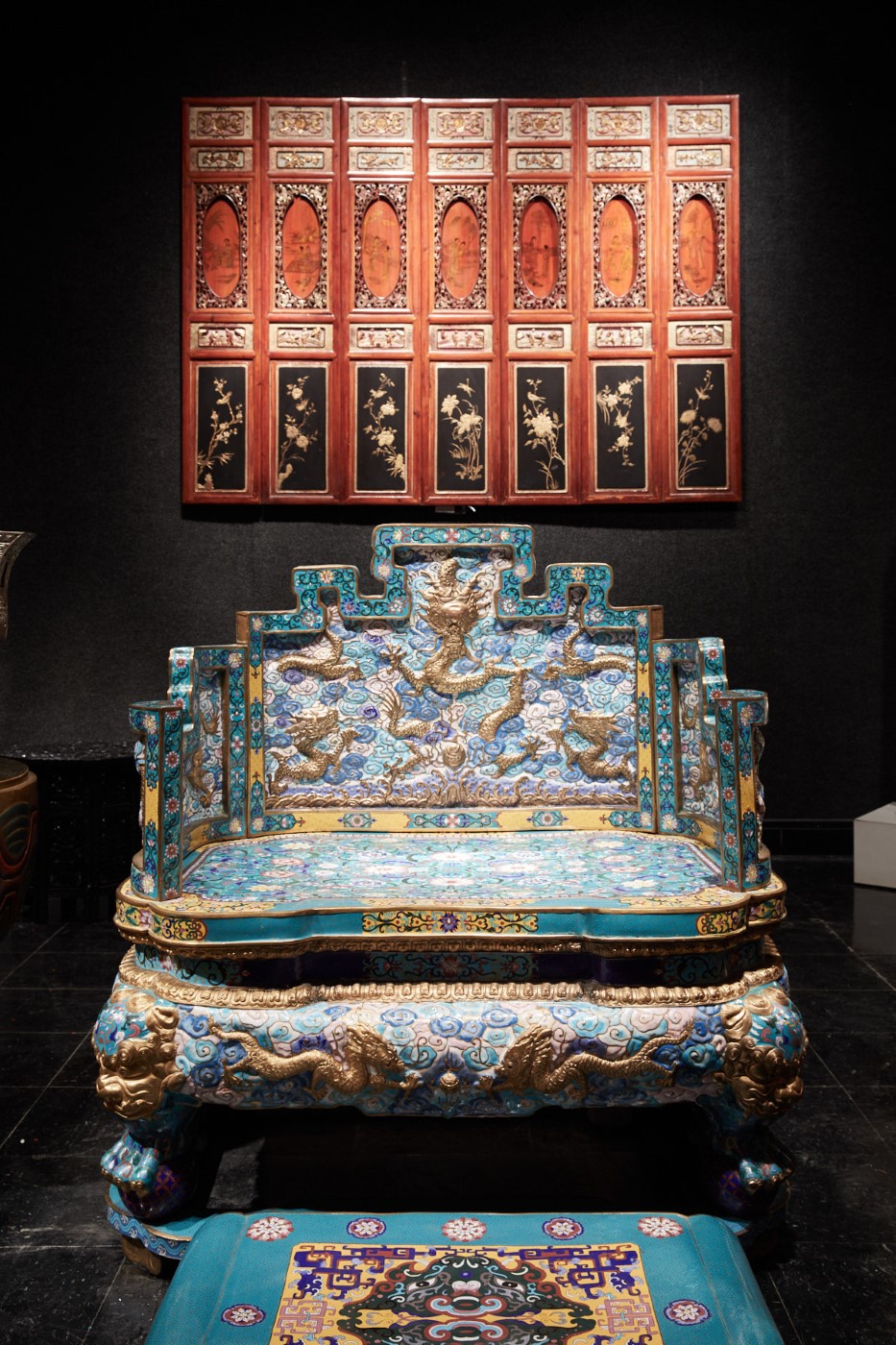
When the showroom closed in 2000, Taylor and Gremillion converted this warehouse into a de facto showroom. Many of their clients from Mexico and China have private planes; the proximity to Love Field and the Dallas Design District made sense. Gremillion died six years ago, and Taylor has continued operating the business, along with the interior design firm they founded in the 1960s. He gets indispensable help from Paul Sanchez, who has been operations director for almost 30 years, and Keiichi Stevens, a tech wizard who manages the computers and lighting along with myriad other details.
The building is kept locked, but Taylor and his team are there five days a week — just ring the bell, and someone will let you in, no appointment necessary.
To celebrate the location’s 20th anniversary, Taylor invited me to visit, greeting me enthusiastically at the door. At age 86, he’s full of energy befitting someone half his age and is dressed in all black, including a pair of Italian leather loafers studded with silver spikes.
He zips cheerfully through the showroom, looking for a place to sit and talk, but my head is spinning: The warehouse is vast, with at least a dozen rooms, each decorated more spectacularly than the last. We settle into a room dominated by a gleaming, nine-foot rosewood table designed by Kazuhide Takahama, the mid-20th century Japanese architect. A massive antique French rock-crystal and smoky-quartz chandelier sparkles overhead. As in all the rooms, walls are covered in charcoal gray carpet that not only makes it easy to move artwork around but also creates a moody, gallery-like backdrop. Vintage theater spotlights aimed strategically at furniture and objects set a dramatic stage.
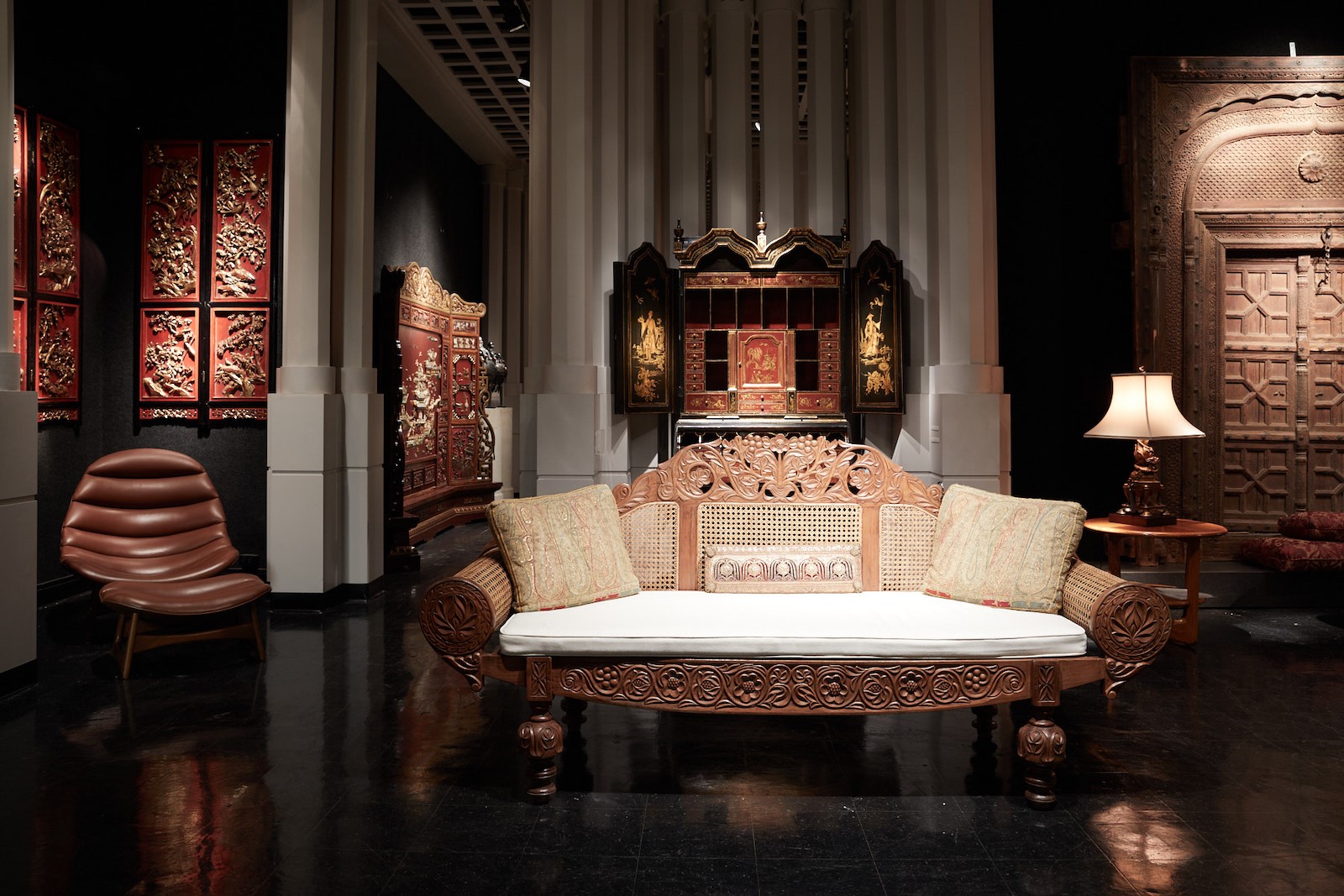
Sanchez sets down a silver tray of bottled water and crystal goblets, and Taylor finishes telling me about his memorable client from Beijing.
“We had so much Chinese inventory that we hadn’t put all of it on the floor yet from the move to the warehouse so many years ago,” he says. “We were still unpacking boxes when he arrived.”
Along with screens, lighting, and accessories, the man bought crate-loads of blood-red cinnabar furniture, so scarce now that even Taylor has trouble finding it. Like many newly rich Chinese nationals, the man had deep pockets. He asked to see even more rarities, so Taylor and Gremillion brought out more boxes from the back and unwrapped the contents. In all, the man bought enough to fill three 40-foot shipping containers back to China.
“That’s what people have always come to us for,” Taylor says. “Things that no one else has.”
The Chinese have always been Loyd-Paxton’s biggest customers, followed by collectors from Mexico, Europe, and around the United States, including New York, California, and Florida. But even if you don’t have $24,000 to drop on an old door from Afghanistan, there are plenty of small accessories foraround a few hundred dollars to get your collection going.
Whether you buy anything or not is irrelevant. “I just love showing people what we have and seeing their reactions to it,” Taylor says.
In 20 years, Loyd-Paxton has survived the vagaries of the antiques market by keeping an eye on what’s trending and adding it to the mix.
“People love lighter woods with beautiful grain now,” Taylor says. “I look for quality mid-century furniture because so many younger people are buying it.”
In addition to the singular Takahama table, the showroom features a pristine leather chair and ottoman by Adrian Pearsall, along with a striking pair of 20th-century Italian cabinets.
“I find it harder to find things that are unusual,” Taylor says. “Most of the old European estates that had fine Oriental things are gone now, and fewer pieces come onto the market.
While wealthy Chinese are still among Loyd-Paxton’s biggest clients, they are not buying crate-loads like they once did. Instead, like many Americans, they’re selecting one or two show-stopping antiques for their downsized residences. “People moving out of big houses and into condos are a big market for us now,” he says.
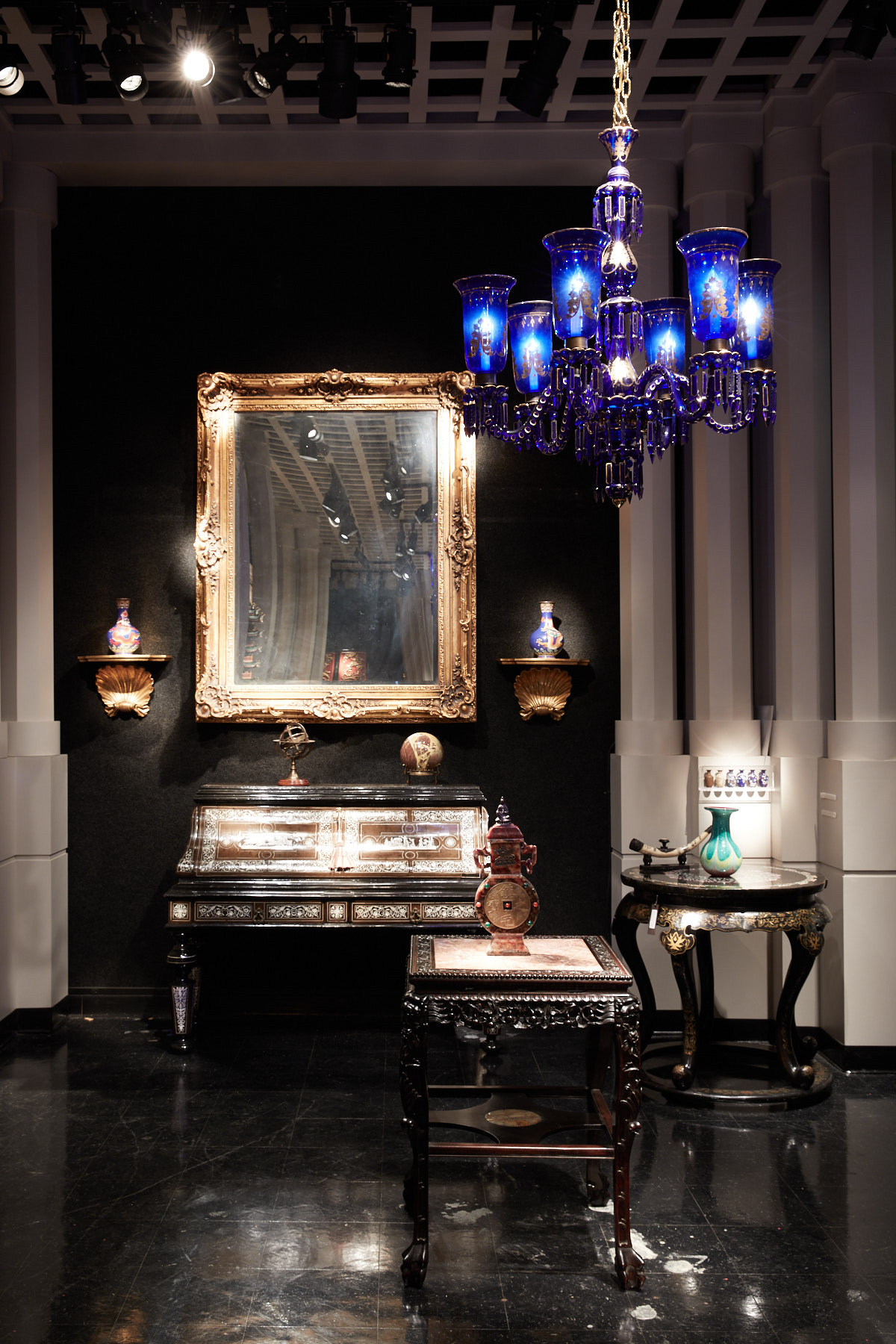
Regardless, the showroom still dazzles with statement-making furniture and art, scaled for palaces. Among them is a huge four-poster canopy bed designed in the 1840s for an English diplomat in India, with exquisitely carved acanthus and palm leaves. Taylor has several monumental portals, including a 17th-century carved-sandalwood door from Afghanistan. A rare Qing Dynasty throne, covered in brilliant blue cloisonné enamel, perches atop claw-footed gilt copper lions. The throne, which is whimsically shaped like a mountain and depicts dragons and clouds, was made in the palace workshops for the Chinese Imperial family. The price tag: $27,500.
The era of acquiring vast troves of Chinese antiquities is over, says Taylor, since much of it has been repatriated by Chinese nationals and their government. These days, Loyd-Paxton buys much of its inventory from private sellers — often, children who have inherited treasures from parents who collected. As the Dallas Design District expands, Taylor sees more interior designers from around the country in the showroom, and the recent maximalist resurgence has been a boon. Whether you buy anything or not is irrelevant.
“I just love showing people what we have and seeing their reactions to it,” Taylor says. “Discovery is part of the excitement. My whole life has been a treasure hunt.”
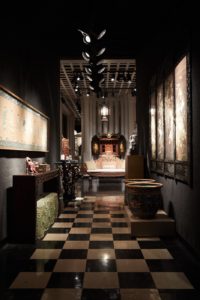

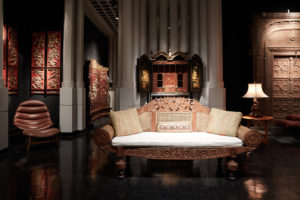
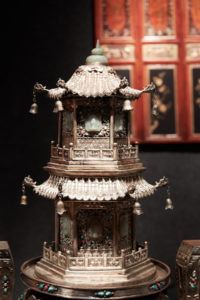
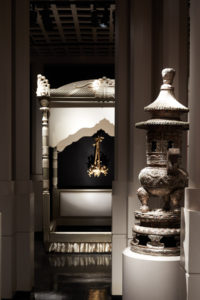
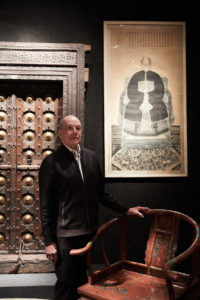


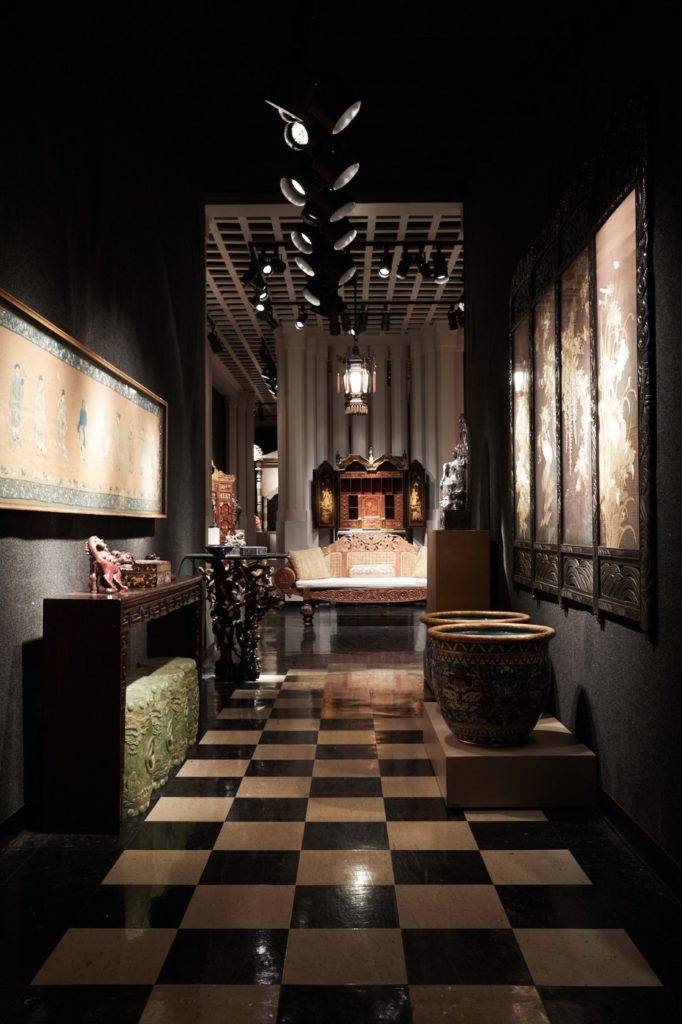
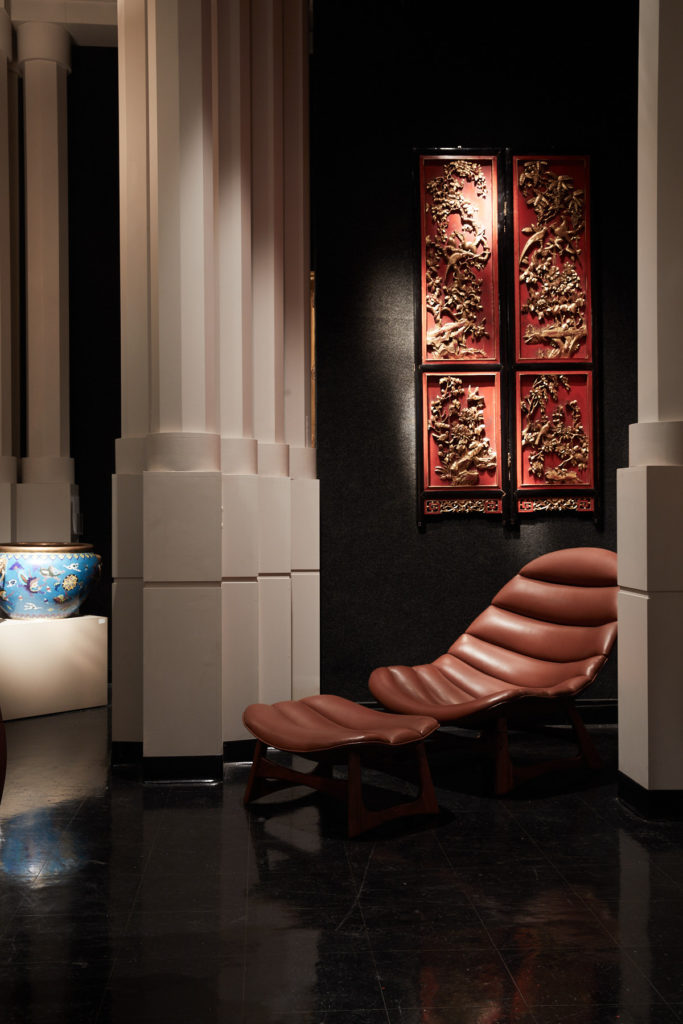
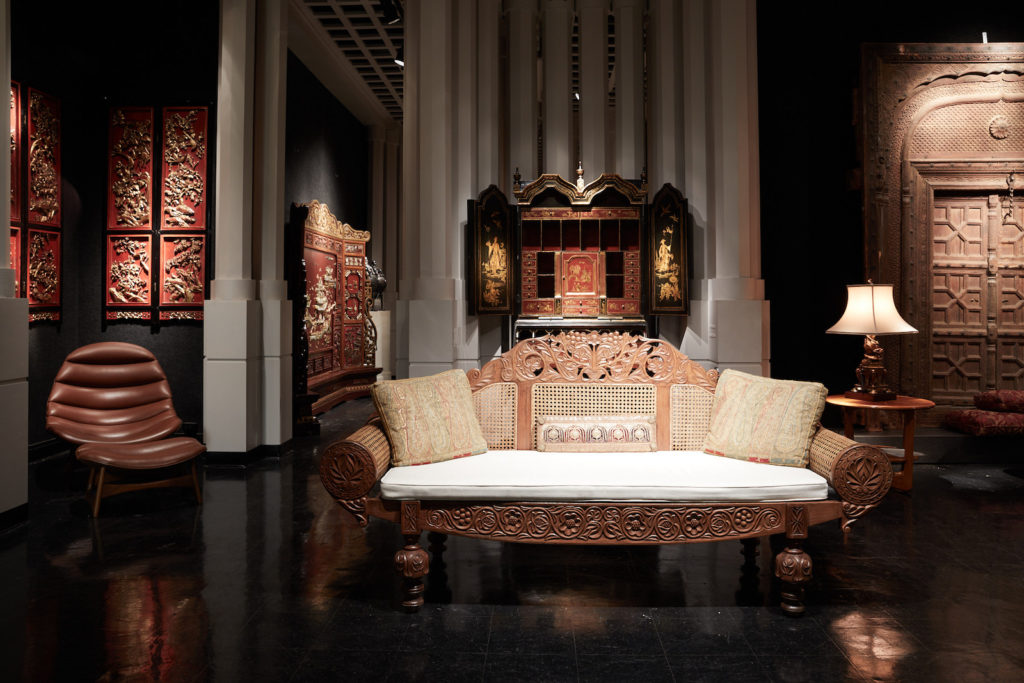
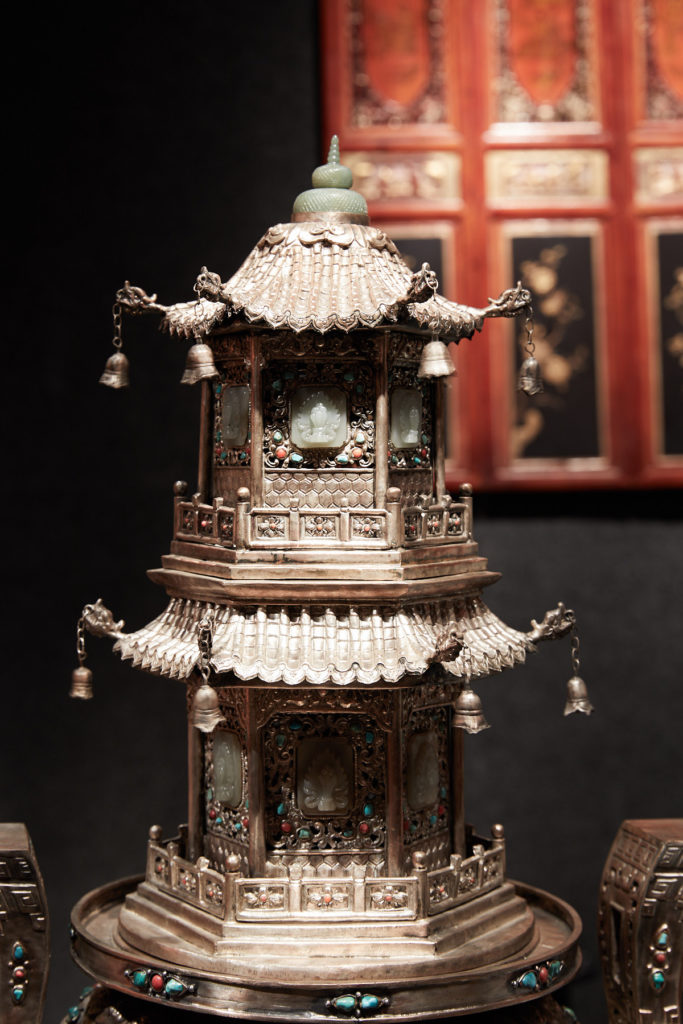
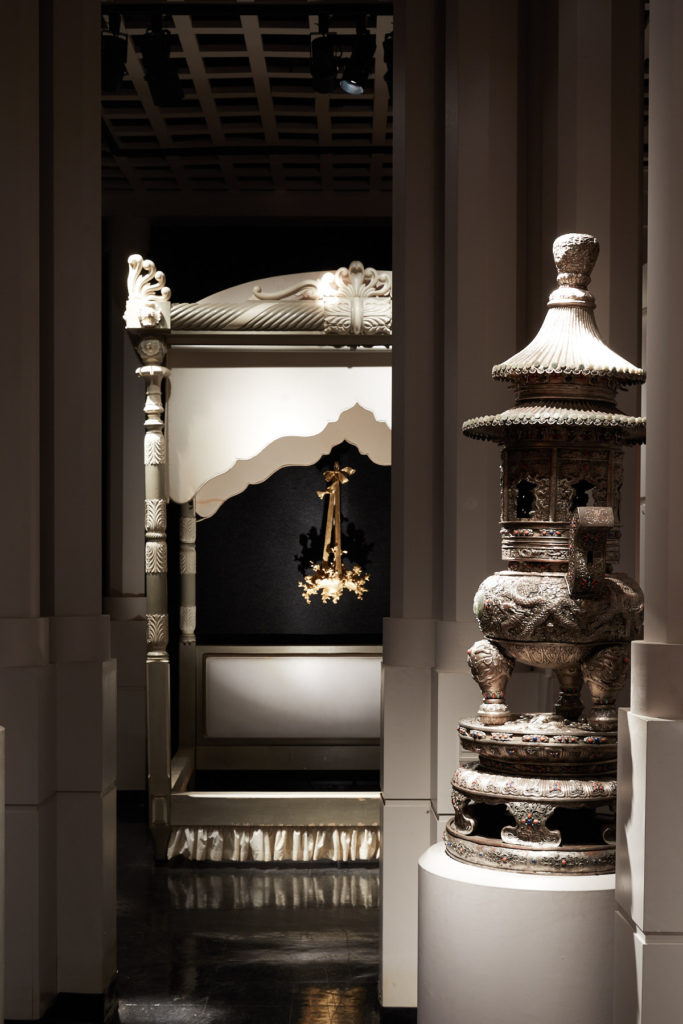
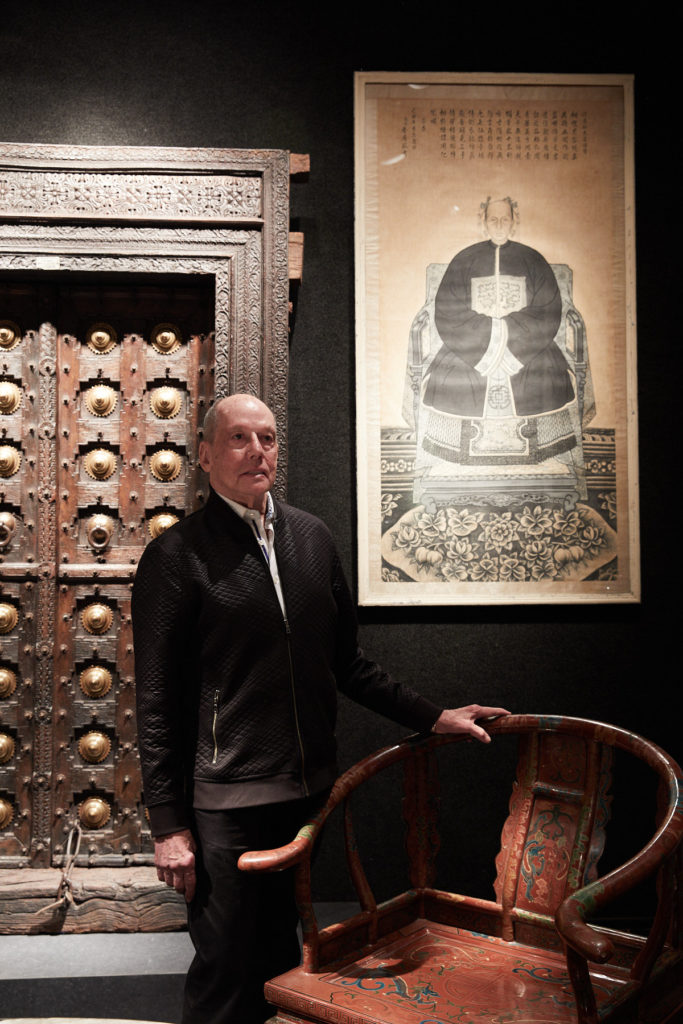
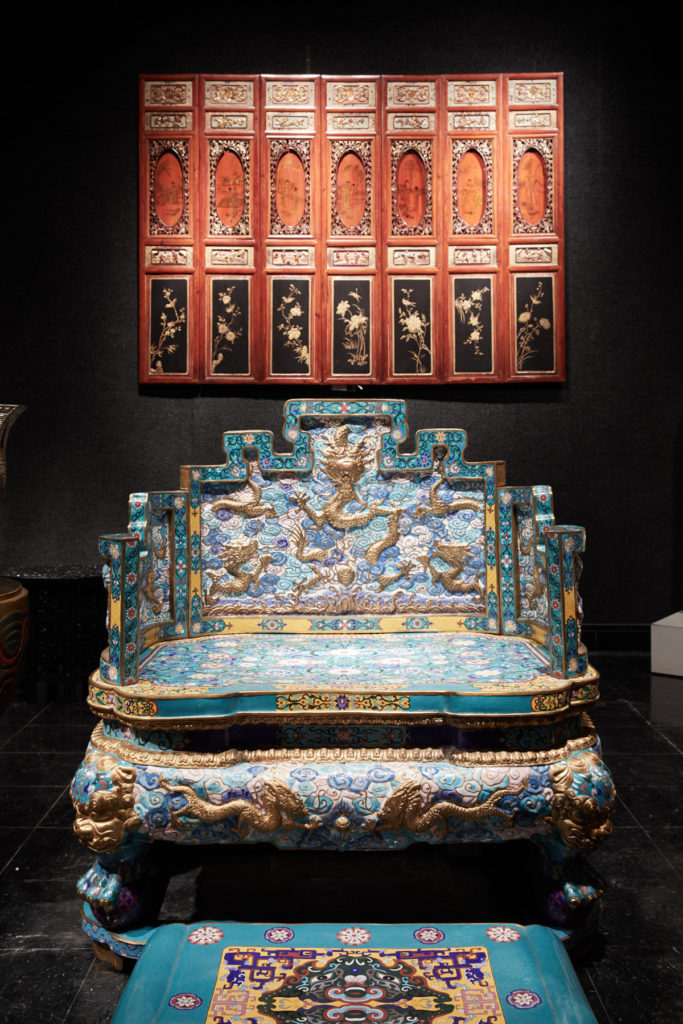
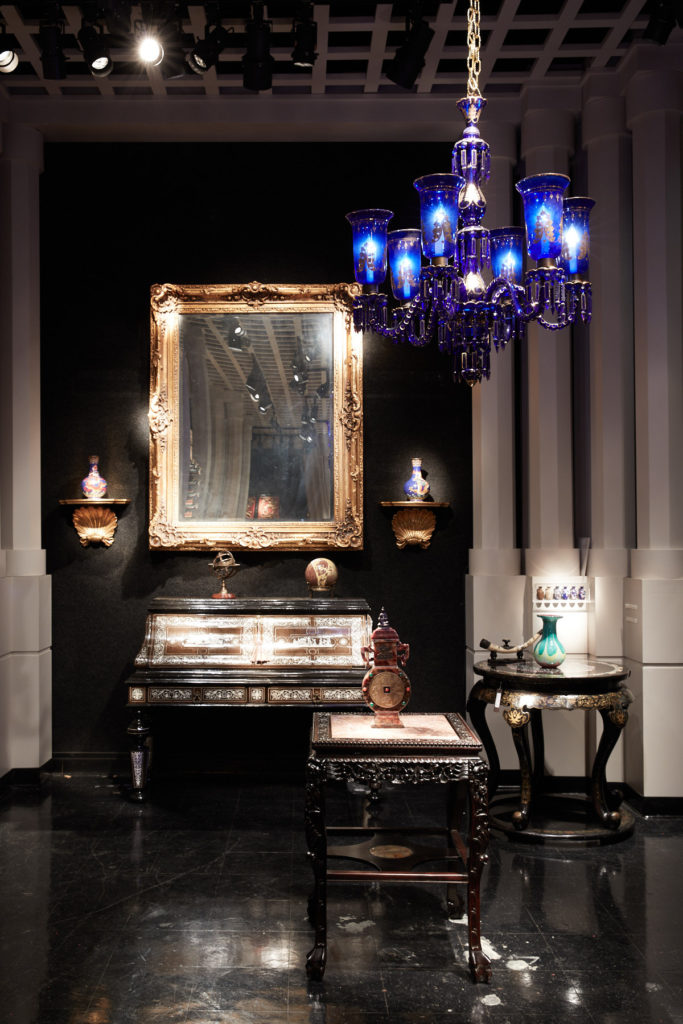





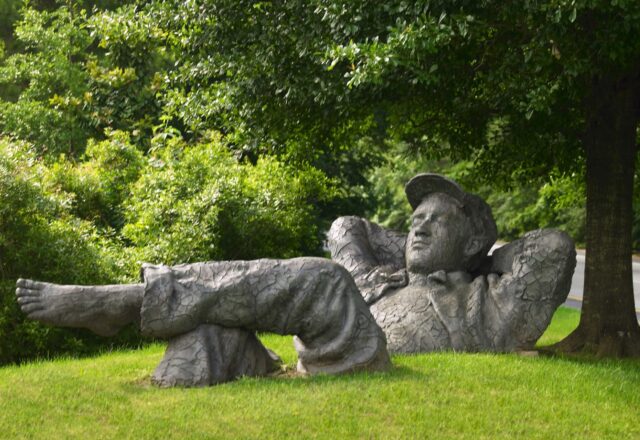





















_md.jpg)




_md.jpg)




_md.jpg)
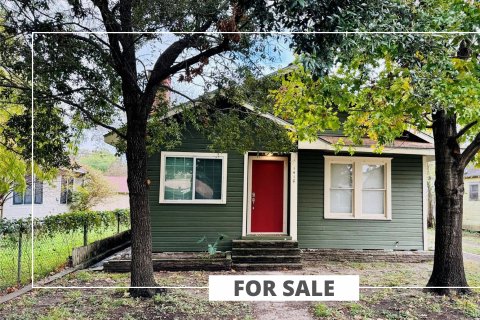

_md.jpg)


_md.jpg)
_md.jpg)







_md.jpg)


_md.jpg)







_md.jpg)



